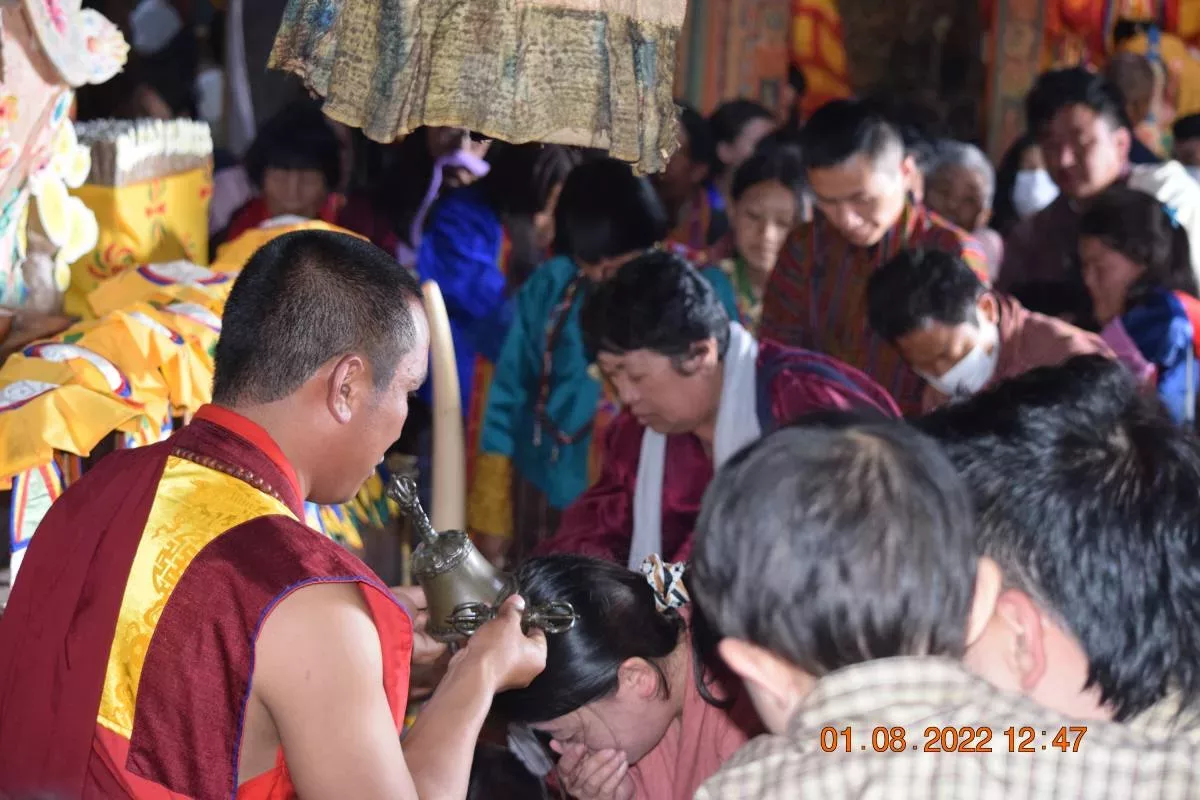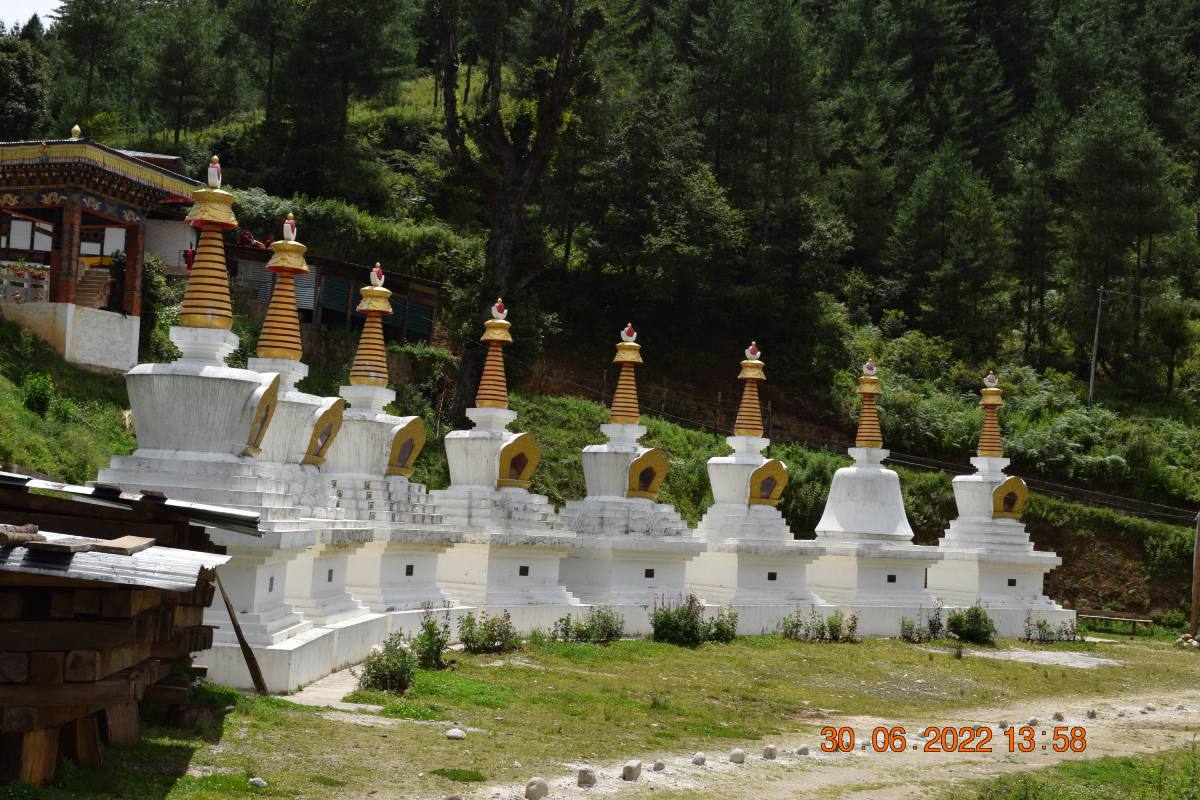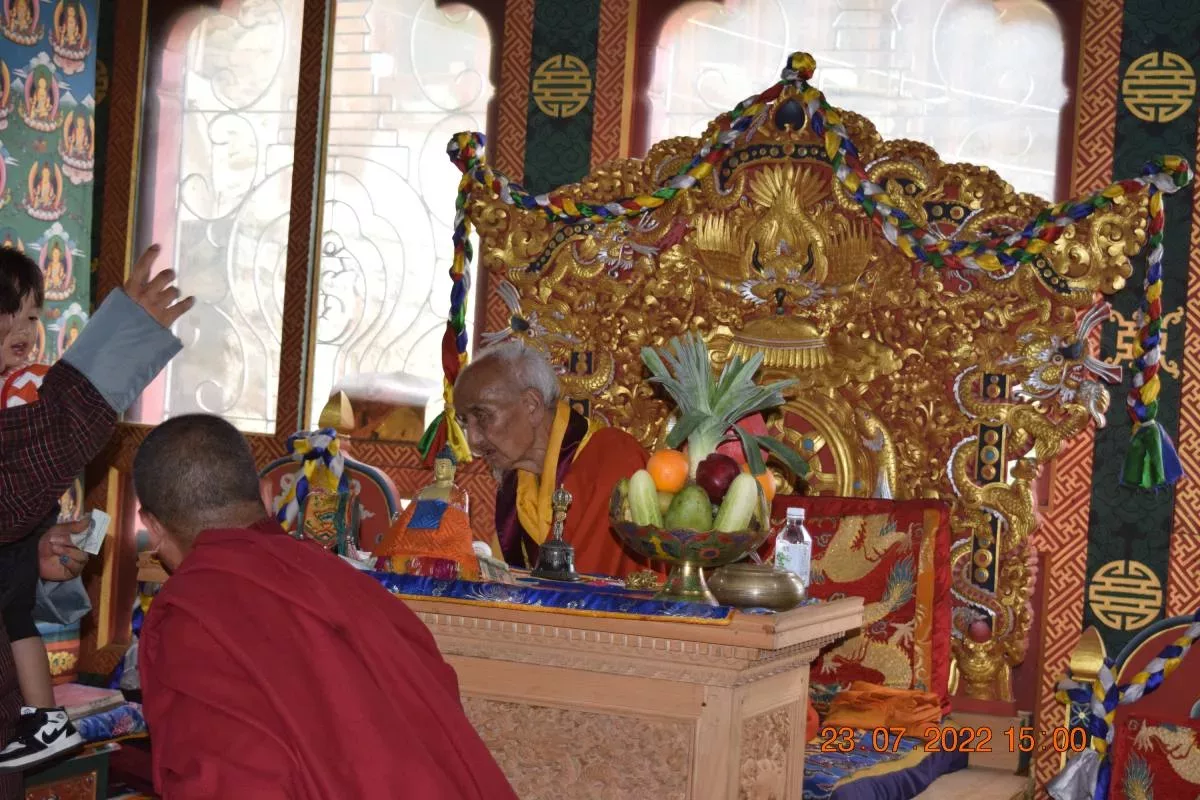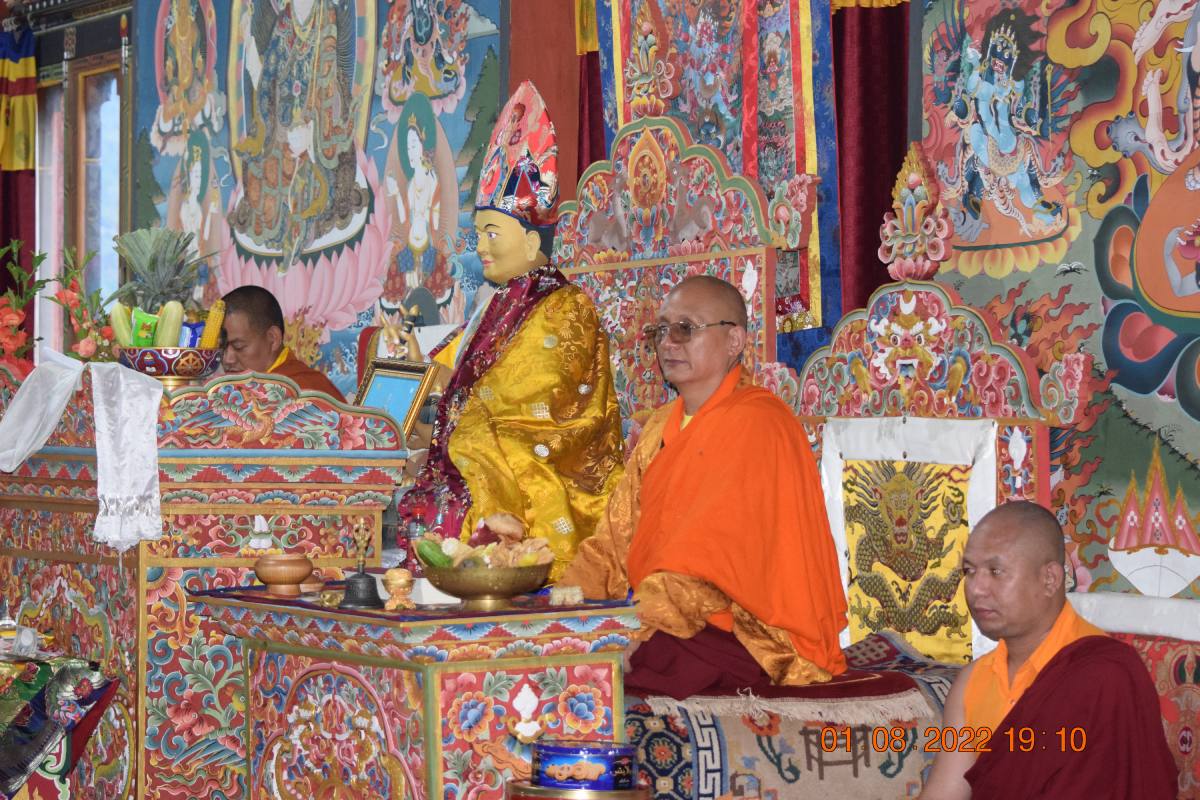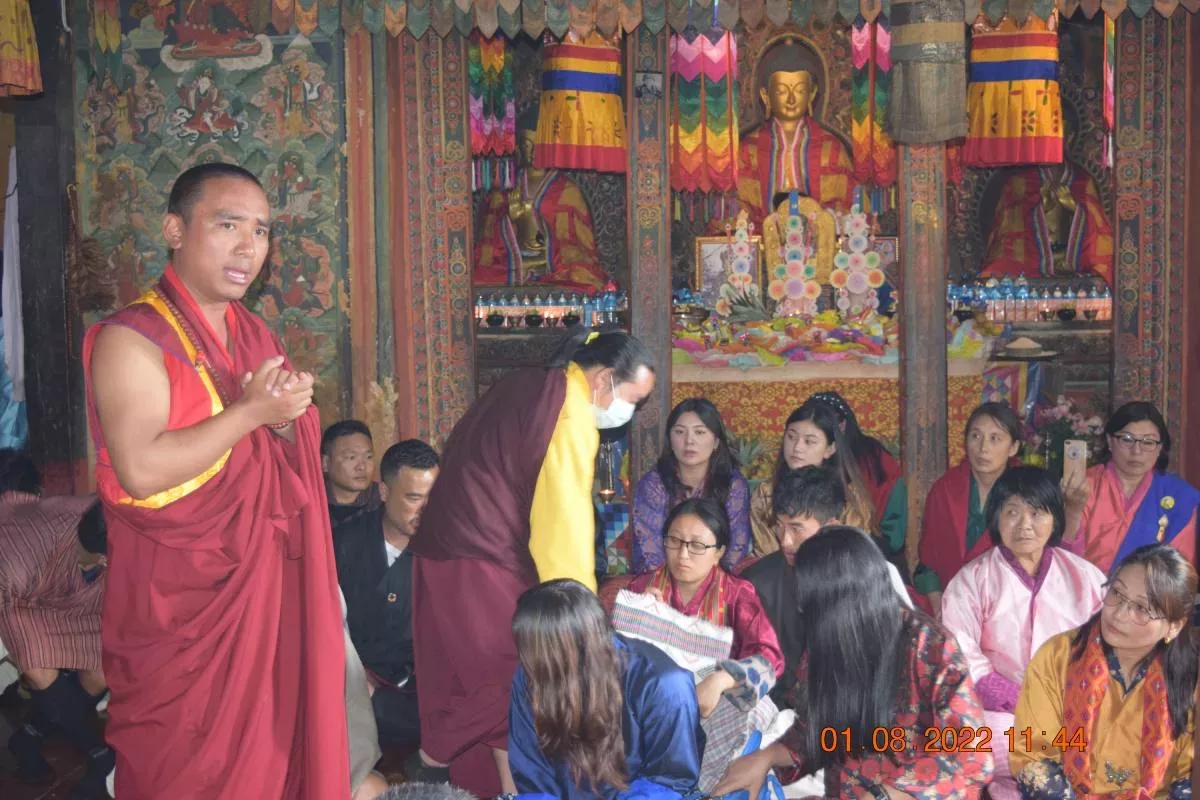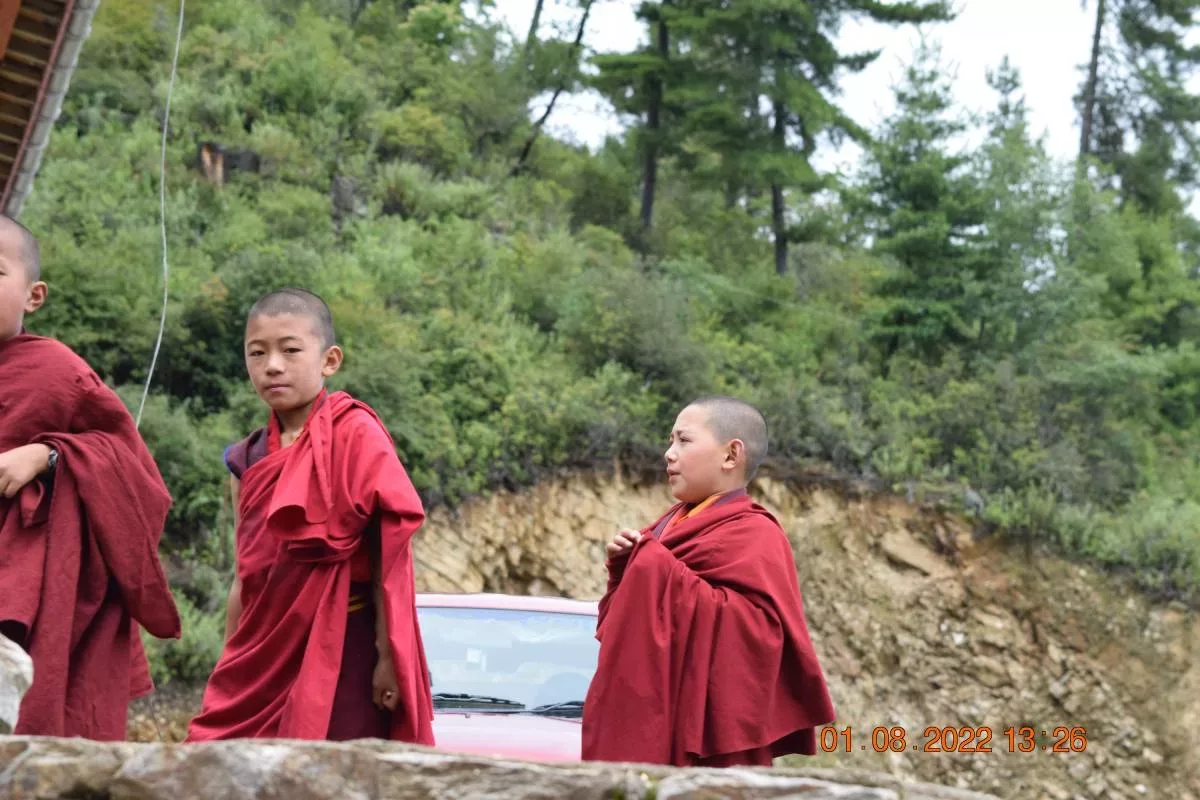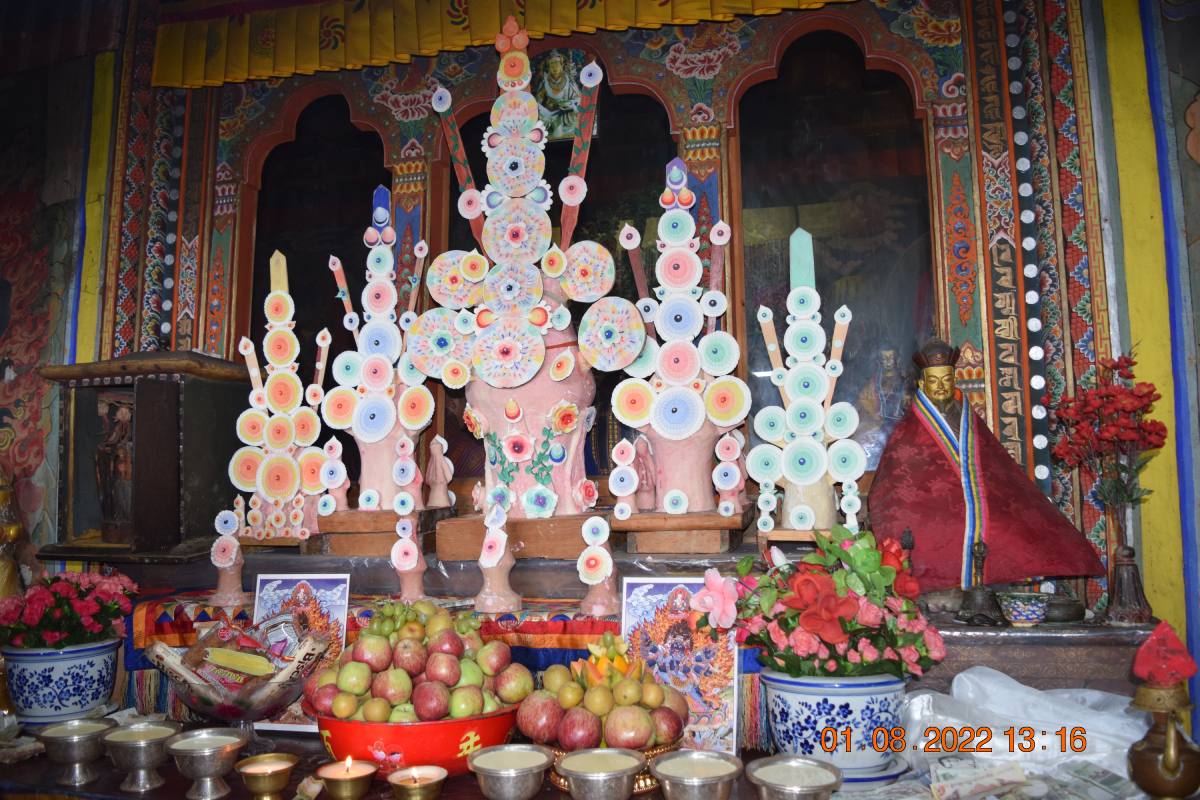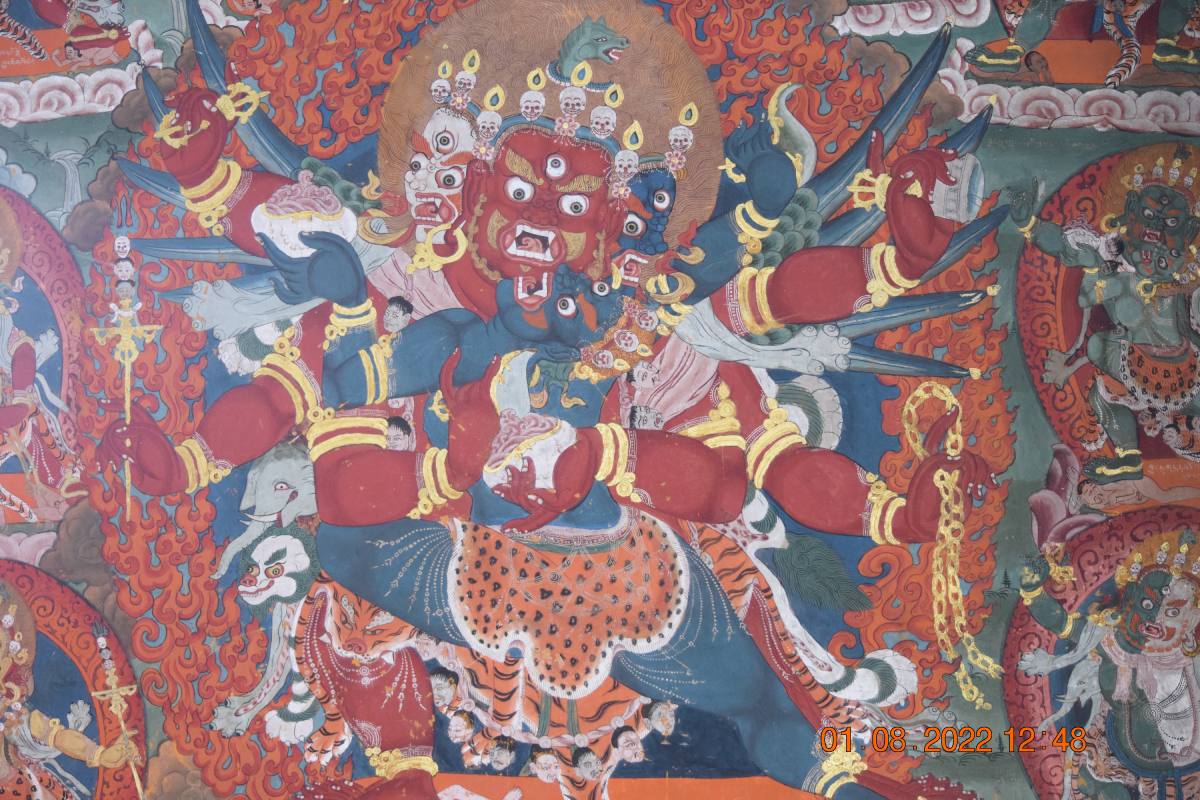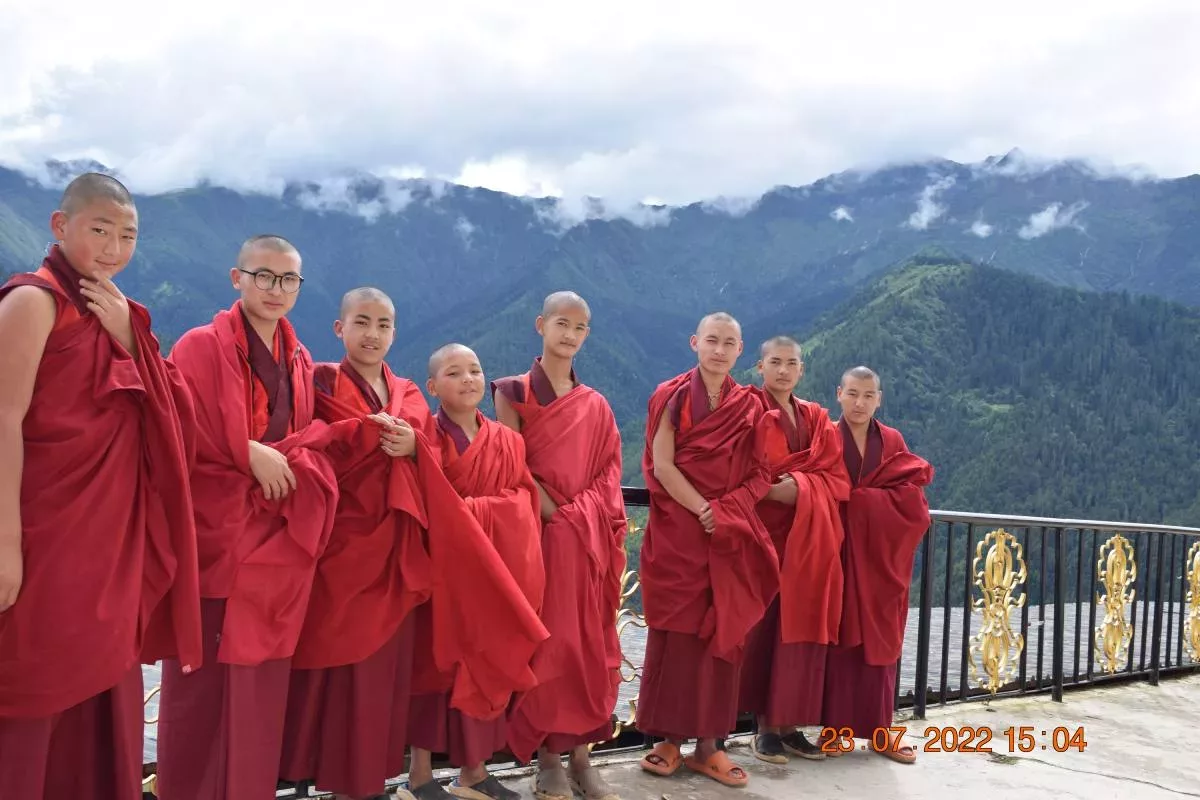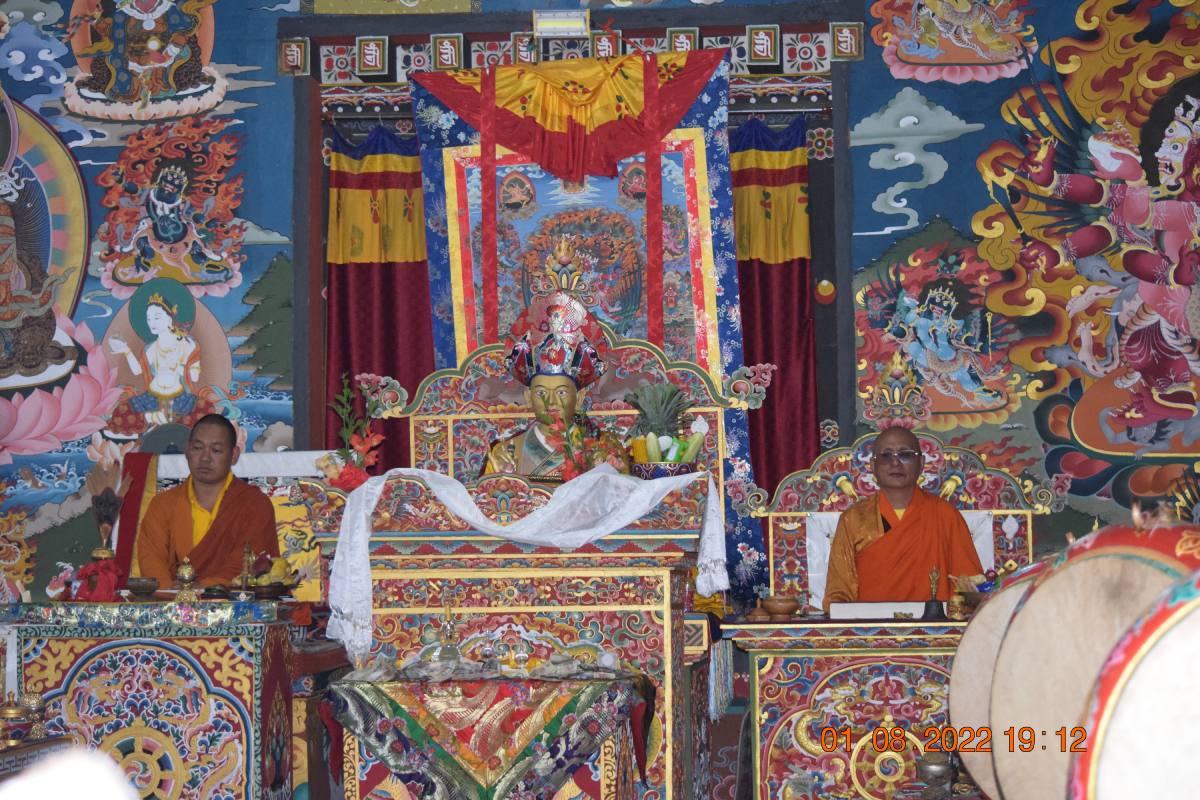Bhutan Pilgrim Tour Packages
Pilgrimage in Bhutan
A pilgrimage to Bhutan is an invitation for the truth seekers yearning to delve deep into the spiritual environment of Bhutan. Bhutan, the final bastion of Vajrayana Buddhism, served as a sanctuary for the esteemed lineage holders, and was where they practiced the tantric tenets of view, conduct, and meditation. One will embark on a spiritual odyssey to the Bumthang district, the nucleus of Bhutan’s spiritual universe, where Guru Rinpoche had left an indelible mark in a cavern. The voyage from the western to central Bhutan will provide ample time for meditative practices, and mindfulness exercises that will transform one’s inner self in the presence of these sacred sites.
The inception of Taktsang is traced back to the 8th century when Guru Rinpoche soared to the monastery on the back of a tigress, adopting the guise of Dorje Drolo, the emanation of Guru Rinpoche. He spent three months meditating within the monastery, performing several supernatural feats and subduing the malevolent spirits that lurked within it. The cave has remained a holy site ever since, and has attracted many distinguished saints who came to meditate within its confines.
The Taktsang monastery’s edifice boasts a well-polished Bhutanese-style architecture, bedecked with a white exterior and a golden roof. The interior of the monastery is embellished with a gold-plated dome, and radiant lights that illuminate the golden idols. Nine shrines are housed within the Taktsang monastery, with one dedicated to the guardian deity. For those who prefer to light a butter lamp, there is a separate room allocated for this practice, offering a sublime vista for a pilgrimage in Bhutan.
Other notable pilgrimage sites of Padmasambhava are located throughout Bhutan. Presently, the Taktsang monastery welcomes hundreds of visitors daily, and is open from 8 am to 4 pm. The monastery is also home to a few resident monks, who perform daily rituals and ceremonial practices within its hallowed halls.
Tourists can relish the rare amalgamation of a pilgrimage in Bhutan with spiritual hikes and sightseeing amidst the lush forest that leads to Taktsang. Upon arrival, marvel at the awe-inspiring architecture and its strategic location. Tourists can also capture stunning photographs in and around the Taktsang monastery, guaranteed to evoke envy among family and friends back home.
Venture into the Enigma of Bhutan’s Holy Pilgrimage Spots: An All-Encompassing Handbook
Embark on a transcendent trek to the inscrutable Kingdom of Bhutan with our skillfully crafted pilgrimage tours. Uncover the concealed wonders, time-honored shrines, and breathtaking vistas that render Bhutan a one-of-a-kind spiritual sanctuary for voyagers seeking inner peace and enlightenment.
The Kingdom of Bhutan, ensconced in the Eastern Himalayas, is a nation steeped in chronicles, culture, and spirituality. It is renowned for its dedication to Gross National Happiness and the preservation of its conventional way of life. Bhutan’s mystical terrain is studded with archaic monasteries, shrines, and sacred spots that are deeply ingrained in Buddhist teachings.
Pinnacle Bhutan Pilgrimage Sites to Delve into
Relish the serenity and mystique of Bhutan’s sacred spots. Here are the leading pilgrimage destinations you must visit on your transcendent quest:
- Taktsang Monastery (Tiger’s Nest): Perched on a sheer cliff face 900 meters above the Paro Valley, the Taktsang Monastery is the most iconic emblem of Bhutan’s spiritual heritage. According to legend, Guru Rinpoche flew to this site on the back of a tigress and meditated in a cave for three months. Today, the monastery stands as a testament to Bhutan’s devotion to Buddhism and draws pilgrims from around the world.
- Kyichu Lhakhang: One of Bhutan’s oldest and most revered shrines, Kyichu Lhakhang is believed to have been constructed in the 7th century by the Tibetan King Songtsen Gampo. The shrine houses a magnificent statue of the Buddha and is adorned with stunning murals that depict Buddhist teachings. A visit to Kyichu Lhakhang will transport you back in time and immerse you in the country’s rich spiritual heritage.
- Jambay Lhakhang: Located in Bumthang, Jambay Lhakhang is another time-honored shrine that dates back to the 7th century. It is said to be one of the 108 shrines built by King Songtsen Gampo to subdue a demoness terrorizing the Himalayan region. The shrine is famous for its annual Jambay Lhakhang Drup festival, which features a unique fire ritual and the sacred Tercham (Naked Dance).
- Chimi Lhakhang: Situated in the picturesque Punakha Valley, Chimi Lhakhang is a modest shrine dedicated to the Divine Madman, Lama Drukpa Kunley. This unconventional saint is renowned for his eccentric ways and humorous teachings. The shrine attracts pilgrims seeking blessings for fertility and well-being. A visit to Chimi Lhakhang will grant you a glimpse of Bhutan’s unique blend of spirituality and humor.
- Kurjey Lhakhang: Kurjey Lhakhang, located in Bumthang, is a sacred spot where Guru Rinpoche is believed to have left his body imprint on a rock while meditating. The shrine complex consists of three main shrines, with the oldest dating back to the 17th century. The site is surrounded by lush cypress trees and offers a serene atmosphere for contemplation and prayer.
Indulge in Bhutanese Festivals
Bhutan’s vivacious culture is best experienced through its colorful festivals, known as Tsechus. These religious events bring communities together to celebrate and fortify their spiritual bonds. Traditional masked dances, ornate costumes, and lively music create a captivating atmosphere that enriches your pilgrimage experience. Some of the most popular festivals include Paro Tsechu, Thimphu Tsechu, and Jambay Lhakhang Drup.
Tips for Your Bhutan Pilgrimage Tour
To ensure a memorable and stress-free pilgrimage experience, consider the following tips:
- Travel Documents: All foreign visitors must secure a visa before entering Bhutan. Ensure that your passport is valid for at least six months beyond your date of entry.
- Ideal Time to Visit: The prime time to visit Bhutan is during the spring (March-May) and autumn (September-November) months. These seasons offer pleasant weather and clear skies, ideal for exploring the country’s breathtaking landscapes and attending vibrant festivals.
- Respect Local Customs: Bhutan is a deeply spiritual country with stringent cultural norms. Dress modestly, especially when visiting shrines and monasteries. Refrain from smoking in public places and adhere to the guidelines set by your local guide.
- Altitude Sickness: Some pilgrimage sites in Bhutan are located at high altitudes. Take your time to acclimate and stay hydrated to avoid altitude sickness.
Personalize Your Bhutan Pilgrimage Tour
Our expert team is devoted to crafting the perfect pilgrimage itinerary that caters to your specific needs and interests. From judiciously selecting the sacred sites to providing knowledgeable local guides, we guarantee that your spiritual journey in Bhutan is a once-in-a-lifetime experience.
To embark on planning your bespoke Bhutan pilgrimage tour, contact our team today.
Bhutan Yatra Neykor
You will be received by our representative at the Paro International Airport and will be transferred to your hotel.
14 Days | 13 Nights
From
$6388/ onwards
Chumphu Ney Neykor
The Paro Chumphu Nye (sacred place) is a new pilgrimage package. It is located northeast of Paro valley.
6 Days | 5 Nights
From
$2448/ onwards
Insight Taktshang
Bhutan’s rich traditions of art, architecture, and handicrafts are vital aspects of our unique cultural heritage passed down
6 Days | 5 Nights
From
$2408/ onwards
Tango Cheri Meditation
Bhutan has many activities available for those visitors seeking a place of solace, rest, and recuperation.
6 Days | 5 Nights
From
$2368/ onwards
Dharma Neykor
Bhutan has a stronghold on Vajrayana Buddhism; many meditation techniques have the Buddhist way of life at the heart
11 Days | 10 Nights
From
$4408/ onwards
Bhutan Yoga Adventure
A rich and varied cultural program will be offered on the retreat. Daily outings include hikes, visits to monasteries
7 Days | 6 Nights
From
$2848/ onwards
Bhey Langdrag Neykor
Bhey Langdrag Nye (sacred place) in Wangdue Phodrang is one of the many places blessed by Guru Rinpoche
8 Days | 7 Nights
From
$3248/ onwards
Kuenzang Drak Neykor
Historical records mention Bhutan as a land of medicinal herbs. Medicinal herbs are still harvested from the mountains
10 Days | 9 Nights
From
$3808/ onwards
Bhutan Yoga Retreat
Bhutan has many activities available for those visitors seeking a place of solace, rest, and recuperation
12 Days | 11 Nights
From
$4768/ onwards
Bhutan Spiritual Traverse
A stream of Buddhist lamas coming to Bhutan over the centuries established monasteries and temples
14 Days | 13 Nights
From
$5288/ onwards
Bhutan is significant for pilgrims due to its deep spiritual environment and strong connection to Vajrayana Buddhism. The country has served as a sanctuary for esteemed lineage holders and is home to numerous sacred sites, shrines, and monasteries.
The Taktsang Monastery, also known as Tiger’s Nest, is believed to have originated in the 8th century when Guru Rinpoche flew to the site on the back of a tigress and meditated there for three months. The monastery is now a holy site that attracts pilgrims from around the world.
The Taktsang Monastery is open to visitors daily from 8 am to 4 pm.
Other notable pilgrimage sites include Kyichu Lhakhang, Jambay Lhakhang, Chimi Lhakhang, and Kurjey Lhakhang. These sites hold historical and spiritual significance and are deeply connected to Guru Rinpoche and Buddhist teachings.
The ideal time to visit Bhutan for a pilgrimage is during the spring (March-May) and autumn (September-November) months. These seasons offer pleasant weather, clear skies, and the opportunity to attend vibrant festivals like Paro Tsechu, Thimphu Tsechu, and Jambay Lhakhang Drup.

